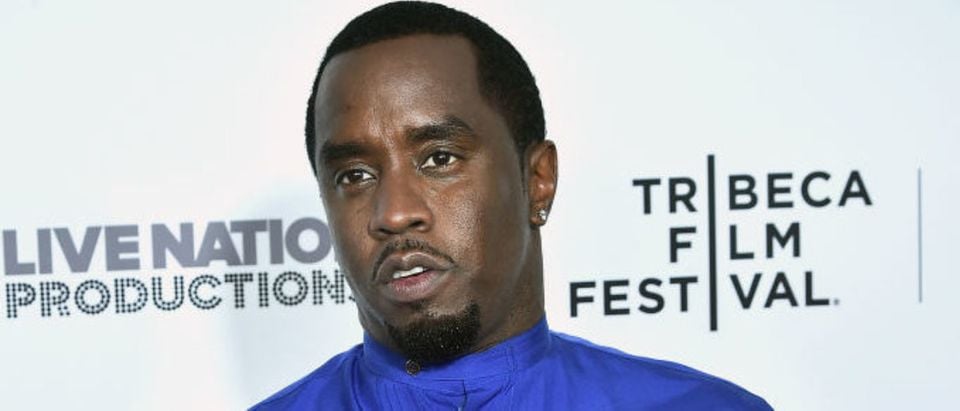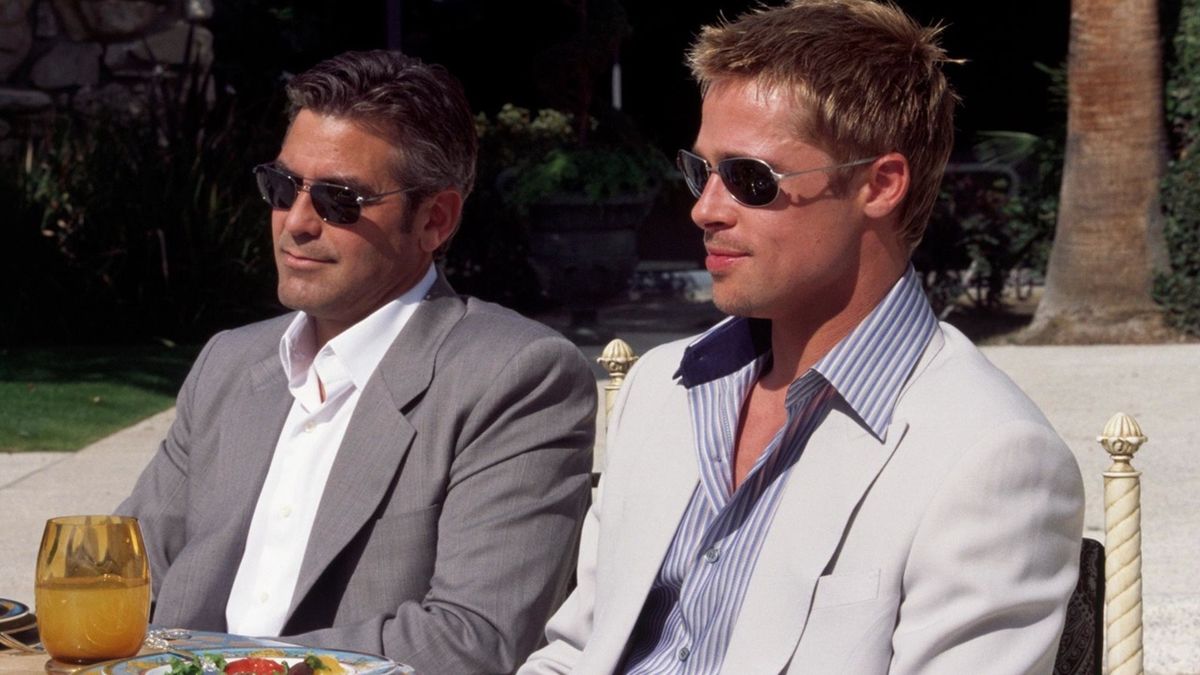NASA has asked SpaceX to prepare a Dragon spacecraft as part of a contingency plan to return a pair of astronauts to Earth who have been stranded aboard the International Space Station (ISS) for two months after their Boeing Starliner spacecraft malfunctioned on the outward journey. The second orbital flight test of the CST-100 Starliner spacecraft launched on June 5 carrying astronauts Suni Williams and Butch Wilmore on a proving flight to the ISS. If all had gone to plan, it would have been the final milestone on a costly, and delay-ridden road to getting the capsule certified to fly human crew to and from the orbital outpost, alongside SpaceX’s Dragon spacecraft.
However, soon after launch Starliner’s reaction control system (RCS) thrusters — which govern the capsule’s orientation in space — ran into technical issues, and helium fuel was discovered escaping from the experimental spacecraft. Starliner was able to dock with the orbital outpost. However, the issues have seen Wilmore and Williams planned eight-day sojourn aboard the ISS stretch into a protracted two month stay, while NASA and Boeing personnel attempt to get to the bottom of the malfunctions, and figure out whether Starliner is fit to transport to pair home.

NASA and Boeing teams continue analyzing data from recent ground and spacecraft testing as they evaluate the #Starliner spacecraft’s propulsion system during NASA’s Boeing Crew Flight Test mission. Read more: https://t.co/Zbom3pEcmo pic.
twitter.com/vr3g65qR8l — NASA Commercial Crew (@Commercial_Crew) August 1, 2024 During this time, speculation has mounted that NASA may tap SpaceX to prep a Crew Dragon to bring the pair home, rather than relying on the temperamental Boeing spacecraft. In a press conference earlier today, NASA finally revealed that it had indeed taken concrete steps to modify such a SpaceX capsule as a contingency option, while emphasising that it had yet to settle on a final course of action.
“I don’t think we’re too far from making that call,” said Associate Administrator of NASA’s Space Operations Mission Directorate Ken Bowersox during the Thursday press conference. “We know at some point we need to bring Butch and Suni home. While they’re up there we have extra hands, we can do a lot more work, but they’re also using up more consumables, more supplies.
So we have to maintain that balance, and at some point we need to bring those folks home and get back to a normal crew size on the ISS.” NASA’s SpaceX contingency option requires the company to modify the Crew-9 Dragon that had been slated to carry astronauts Nick Hague, Stephanie Wilson, and Russian cosmonaut Alexander Gorbunov to the ISS on August 18. That mission has now been delayed to Tuesday September 24, and will potentially see one of the three cosmic explorers unceremoniously bumped off of the flight manifest.
#Crew9 launch update: NASA and @SpaceX are targeting NET Tuesday, Sept. 24, for the launch of the agency’s Crew-9 mission to the @Space_Station . Info: https://t.
co/Or2GNmF4DQ pic.twitter.com/gqskUylORH — NASA Commercial Crew (@Commercial_Crew) August 6, 2024 The scenario would have the two remaining astronauts launch to the ISS and serve a tour of duty alongside Suni and Butch, before returning to Earth as a foursome aboard the Crew-9 Dragon in 2025, as part of the station's ordinary crew rotation.
Whether or not this happens is seemingly still very much in the balance. Uncertainty can be a dangerous thing, particularly in space, and as things stand NASA still isn’t exactly sure why Starliner’s thrusters malfunctioned in the first place. Testing at the agency’s White Sands facility in New Mexico revealed that the fault is potentially centered around a number of teflon seals in the propulsion system, which may have swollen to block the flow of propellant to the thrusters’ combustion chamber.
Recent hot-fire tests of Starliner’s propulsion system in orbit have shown thruster performance and pressure back at preflight levels, which suggests that the teflon seals have retracted. Furthermore, the agency has verified that the spacecraft continues to hold the helium margin needed to fuel a return trip to Earth. Despite these positive signs, NASA remains uncertain as to the physics behind the malfunctions, and its scientists cannot prove that the issues faced in orbit are the same as the ones seen on the ground.
This uncertainty is what NASA is attempting to reduce as it draws closer to making a final decision, which is expected to come sometime in mid-August. Should NASA opt to go with the Dragon, it would first need to undock Starliner, and have it move away from the station to make room for the new arrival. This in itself could take some time, as the capsule’s software is currently configured for crewed use, and would need its parameters updated to work autonomously.
“Our chances of an uncrewed Starliner return have increased a little bit based on where things have gone over the last week or two, and that’s why we’re looking more closely at that option to make sure that we can handle it,” explained Bowersox. The mission has been something of a PR disaster for Boeing, a company whose reputation is already smouldering following a slew of investigations and legal cases brought as a result of alleged aircraft manufacturing failures. A strange silver lining for Boeing is that the questionmarks surrounding Starliner's fitness have actually underscored the necessity for NASA to have multiple spacecraft redundencies capable of moving astronauts to and from the ISS.
It is not yet clear exactly how Starliner’s poor performance will affect the capsule’s crew certification campaign moving forwards, but for its part, NASA is remaining publicly confident in its potential to fulfil its role, once the issues flagged by the ongoing mission have been remedied. “We really need two crew transportation systems, there could be a day in the future where we’re calling on Starliner to do something for us like this, and it's a great vehicle,” reasoned NASA Commercial Crew manager Steve Stich. “It's got great capabilities, and you know Boeing has done a tremendous job working on it in concert with commercial crew, and so I really see that there is a viable path for Starliner either way that we go.
” For more science news why not read up on how scientists are hoping to safeguard Earth’s declining biodiversity by locking it away in a vault on the Moon , or find out about SpaceX’s plan to de-orbit the ISS using a powered-up Dragon spacecraft . Image credit: NASA. Anthony is a freelance contributor covering science and video gaming news for IGN.
He has over eight years experience of covering breaking developments in multiple scientific fields and absolutely no time for your shenanigans. Follow him on Twitter @BeardConGamer.



















